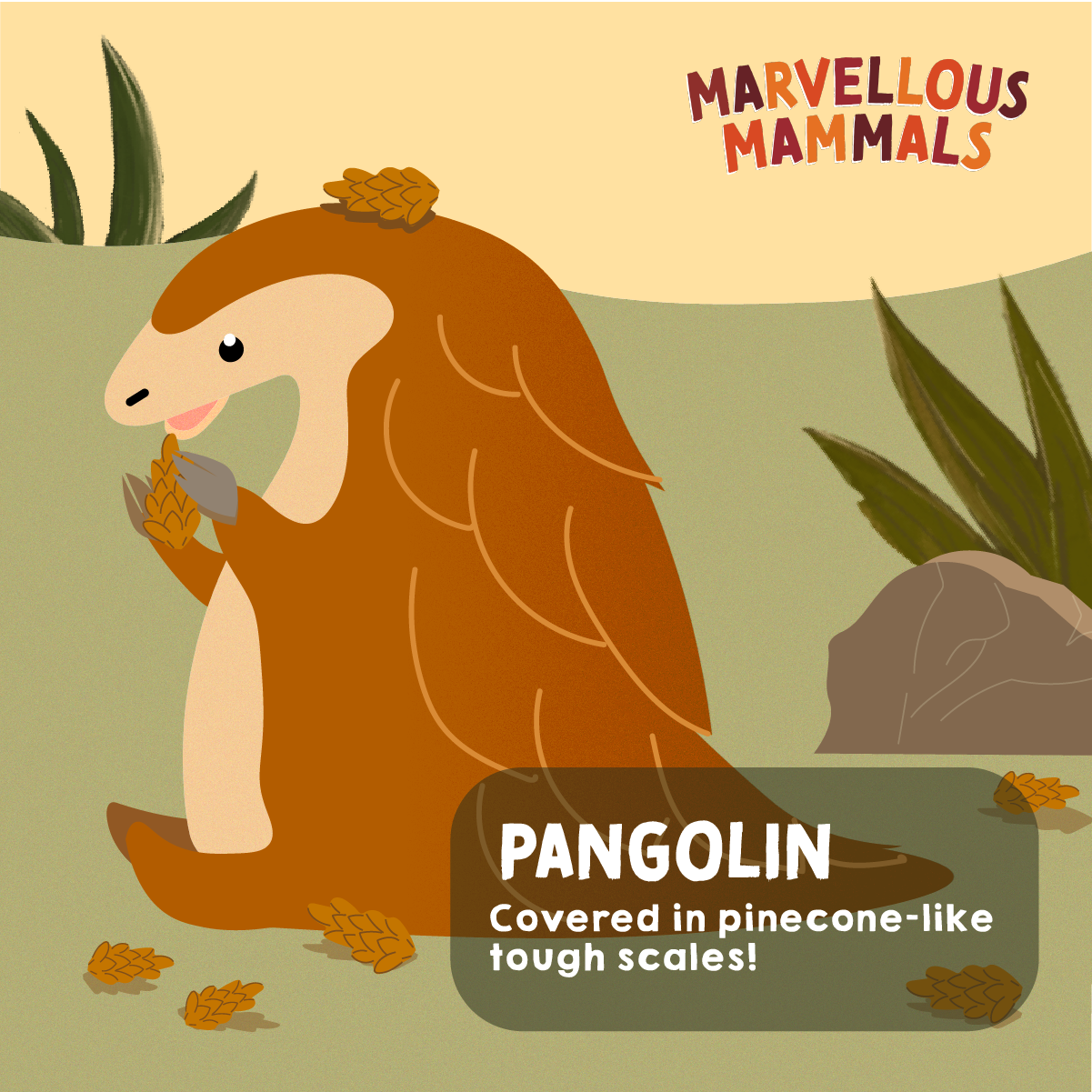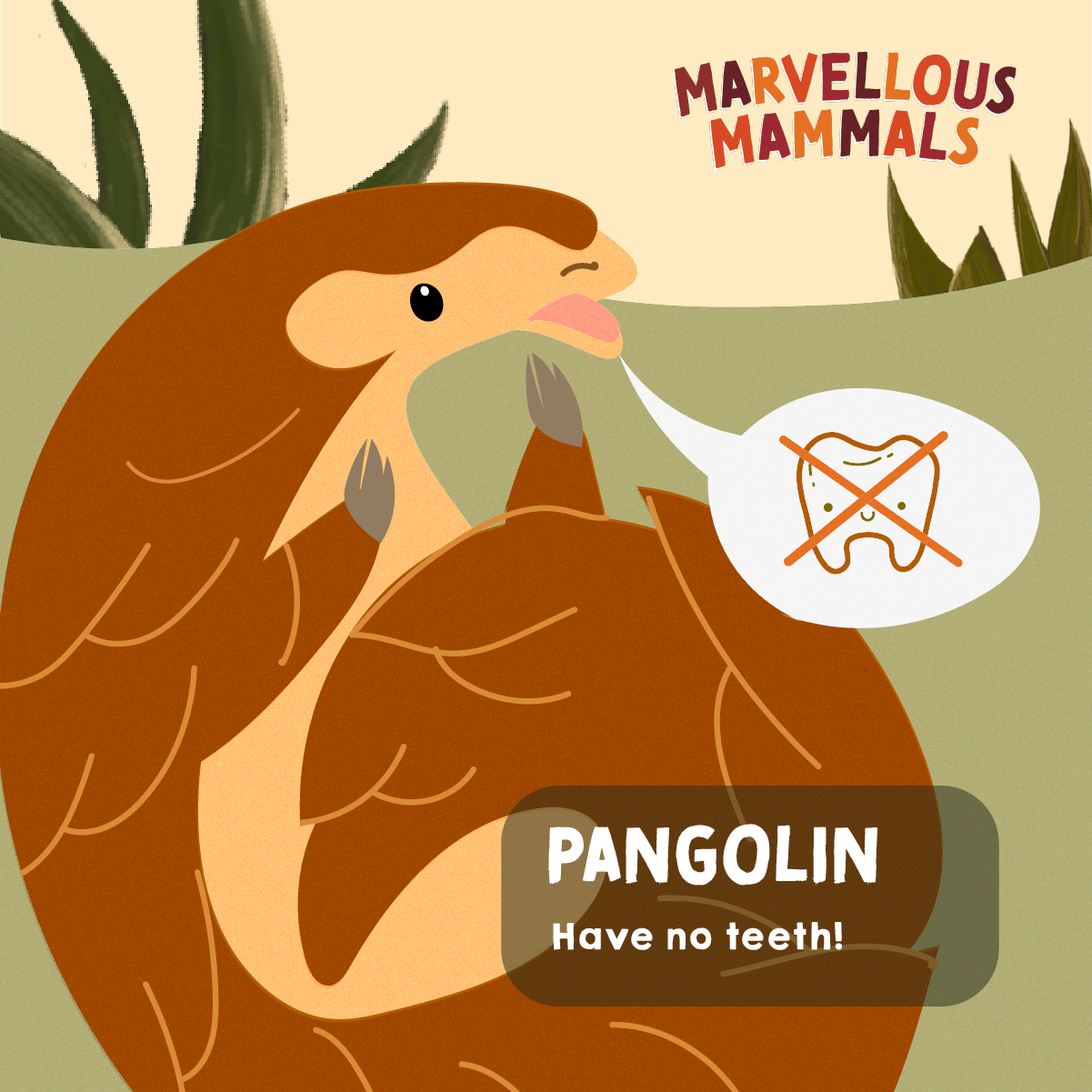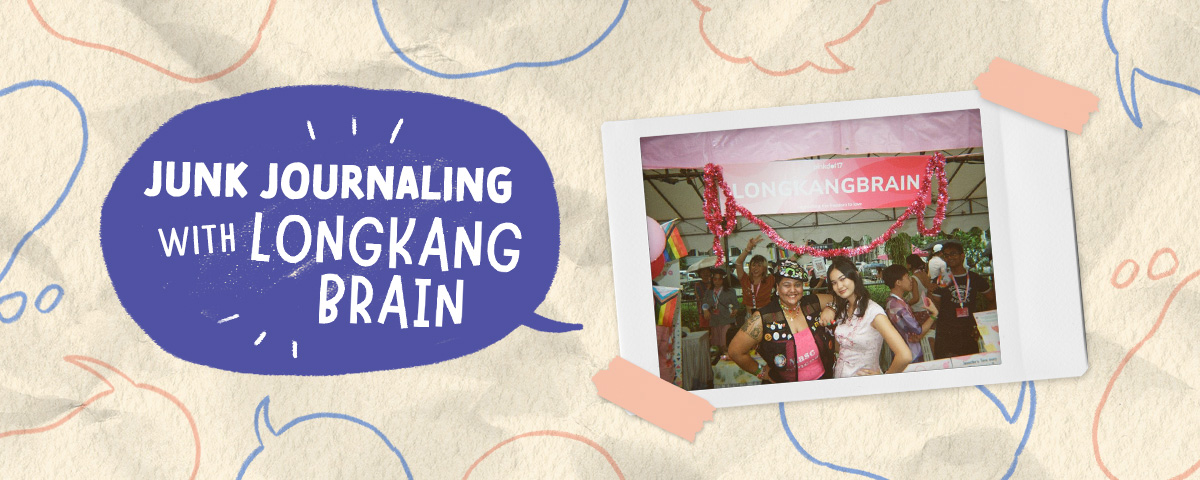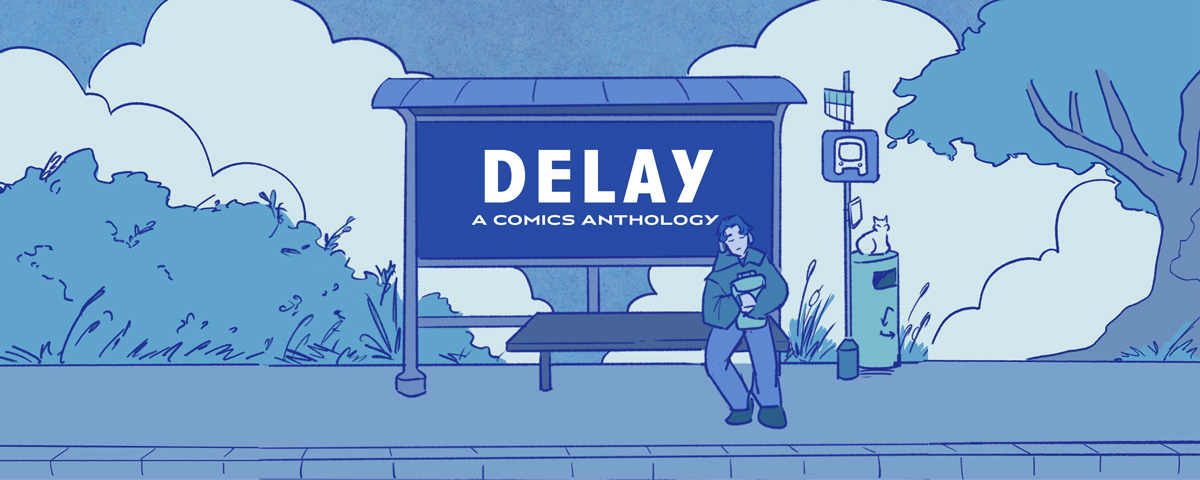What marvellous mammal has armour that will make a knight envious, and can curl up into a near-perfect sphere?
It’s the pangolin!
If this is your first time hearing about a pangolin this World Pangolin Day or World Wildlife Day, it might seem like a render from a video game. A mammal – nope, not a reptile – covered in scales? It looks almost like a waddling pinecone or a less flamboyant dragonfruit!
Pangolins are unlike any other mammals. That’s not a hyperbole. They are currently the only mammal discovered that is fully covered in scales! That brings us to our first phenomenal pangolin fact:

1. Pangolins are covered in pinecone-like tough scales made of keratin.
While we may not see any similarities between our bodies and the impressive scale mail pangolins don, believe it or not, the sturdy coat of overlapping scales is actually made of keratin – the same thing our nails and hair are made out of.
Keratin renders the scales hard and durable. Each scale is made of tightly compressed hair finished in a sharp tip for that extra offensive edge. (Although your mileage may vary with a tub of hair gel and a tail comb.) These scales are arranged in a partially overlapping lattice to provide optimal protection without compromising on flexibility.
Equipped with a coat that will give Colossus a run for his money, how does the pangolin utilise it against its natural enemies?

2. Pangolins curl into balls when frightened.
Let’s just say they get all dressed up with nowhere to go. Deliberately.
You see, pangolins have one weakness: Their soft underside.
To protect their tender tummies, they cover their head, tuck themselves into a tight ball, and let their scales do the rest of the work. It’s nature’s way of giving the pangolin an instant “nope” button whenever they feel stressed or frightened. So recognisable is this ability that the World Wildlife Fund explains the name “pangolin” is derived from penggulung, the word for roller in Malay.
Pangolins can also weaponise the sharp scales on their tail if they perceive a Big Bad Evil Guy, but their poor vision does not do them many favours.
Against its natural predators like big cats or hyenas, this defensive bunker tactic works. Really well.
Ever seen photographs of lions pawing or chewing frustratedly at a balled-up pangolin? The scales make pangolins nearly impervious to bites and uncomfortably prickly to those who try to unroll it. It may look hilarious, but more importantly, it is a testament to how effective this evolutionary trait is.
Against a human hand however, that’s a different story. (We’ll get back to this later.)
If it’s not already obvious from their preferred type of engagement with predators, pangolins are quite shy. Part of it is due to this third phenomenal pangolin fact:

3. Pangolins have no teeth.
You read that right. Like boy bands of the early 2000s, pangolins devoted all of their spikes to their head and ‘fits, while hiding their true docile nature from hungry pap-, predators.
Another name that pangolins are commonly known by is the scaly anteater. (No prizes for guessing their favourite bites.)
A typical day of a pangolin sees it in its burrow or on trees with its nose set on the nearest ant colony or termite mound. Once settled into their selected buffet of the day, pangolins utilise their very long, very sticky, very thin, saliva-coated tongue to slurp up their meal – with adults vacuuming up to a suggested 70 million insects each year according to Singapore’s National Parks Board! (Try getting your exterminator to go up against this ant-agonist’s scoreboard.)
As a very nice bonus, the action of vacating insects from their tunnels lends to aerating the ground, thus improving soil health in the area. Given their current repertoire, they probably have greener thumbs than most of us city dwellers!
Wait, if pangolins can’t chew, how do they digest their food, hard exoskeletons and all?
The answer is rock ‘n’ roll. Literally.
Pangolins eat rocks. To make up for their lack of teeth and their penchant for ants over bean sprouts, pangolins intentionally ingest small rocks, called gastroliths, for storage in their gizzard. As the gizzard contracts, the rocks roll and churn, which in turn grinds down the food.
A simple and effective solution by nature. But sadly, this lack of teeth is a handicap against humans. (Starting to see a pattern?)

Artwork from Marvellous Mammals: A Wild A to Z of Southeast Asia
4. Pangolins are currently the most trafficked mammal in the world.
Unfortunately, this last fact about pangolins isn’t very fun at all.
There are eight pangolin species in the world. Three of the four Asian species, including the Sunda pangolin that calls Singapore its home, is Critically Endangered.
For most of their existence, pangolins have been a solid contender for predator-prey relationship manager of the year. (Considering how even their most enterprising enemies struggle to take a literal bite out of them, they were doing pretty well.)
Then everything changed when greedy humans attacked.
The spherical fortress that pangolins have evolved is excellent against most threats… Except traffickers, with their dexterous, grasping hands and voracity for greed, aren’t most threats. Spook the pangolin, wait for it to roll into a ball, and simply carry them away – like Gen Z in a macabre medicine ball fitness class.
That is precisely what many poachers boil these unique mammals down to: Very expensive and very high-value literal medicine balls.
In Asia, some traditional medicine practitioners fight tooth and nail to continue touting the supposed curative properties of pangolin scales and blood. Pangolins: Science, Society and Conservation announced that approximately 195,000 pangolins were trafficked for their scales alone.
Nevermind that it has been scientifically debunked that pangolin scales have no medical properties, and chewing fingernails has never proven effective in any quest to cure inflammation/lactation issues/cancer/what-have-you.
And those who don’t use pangolin scales for pseudo-medicine, use it to scale up their leather fashion products in the United States and Mexico.
That’s not all: Another big driver for pangolin trafficking is meat. (Notice how it is reported as meat, and not food.) Hunting pangolins for bushmeat is not new – pangolins have been a food source in Africa and China historically. But with the proliferation of food supply chains worldwide, pangolins are no longer necessary as a staple food source. So, why the demand for pangolin meat?
In this age of abundance and accessibility, having suckling pig or duck confit daily no longer signals wealth and exceptionalism. You need something more exclusive, something rare, to really get tongues wagging.
Introducing the delicacy du jour of parts of China and Vietnam: The pangolin.
If the thought of sampling a pangolin does not make you baulk, the price tag surely will. In a paper by Wang et.al. (2021), the price of a whole pangolin can fetch anywhere from 2,000 to 3,400 yuan (~290USD to 495USD) per kilogram.
Even though the population of wild pangolins in Asia has declined by over 50% in recent years according to the Center for Biological Diversity, the demand for their flesh and scales remains insatiable. Can’t find pangolins in Asia? Just take them from Africa and ship them over. This hunger for pangolins is so strong that from 2015 to 2021, almost half of all pangolin derivatives confiscated in Asia are found to have been brought over from Africa.
Since 2019, there has been a global consensus in banning pangolins from commercial trade internationally. While that has led to more seizures and discoveries of illegally trafficked pangolins, poachers still find ways to circumvent law enforcement. Money, it turns out, is a great motivator for… creativity.
This World Pangolin Day and World Wildlife Day, especially if your days are spent roaming in metropolises, the predicament of pangolins may feel removed from your lives. But wait: How can we get pangolins from the depths of our forests, to the nouveau riche trying to be the next photocopied version of the Kardashians in cities?
The answer is that it is inevitable for pangolin traffickers – and a lot of the illegal wildlife trade – to funnel a considerable amount of their operations through urban areas. In 2019, World Wildlife Fund Singapore reported that a staggering 35 tonnes of pangolin scales (around 40,000 pangolins) were seized by port authorities.
![]()
What can I do to help?
As individuals, all this may seem overwhelming. It is. And if you – understandably – do not intend to go up against international criminal organisations, can you really do anything of meaningful impact then?
The short answer is: Yes.
Although the pangolin is no Billie Eilish of the endangered animal world, they are charismatic enough for children and adults alike to pause and go, “hey, that’s one cool mammal!” That is a good, even great, first step.
For context, in ‘Generally ignored’ species face twice the extinction threat, warns study by The Guardian, it was shown that the extinction rate in insects is eight-fold more than birds, mammals, and reptiles, and receive nearly 500 times less funding for each species than vertebrates. In other words, the more you like something, the more funding it receives. (Usually.)
The next step is simple: Talk, share – shout, even! – about all you know about pangolins! Tell them to your friends and family, use your knowledge as a potential ice-breaker for conversations, or even showcase your knowledge at your next quiz night; chat about them to those who are willing to listen.
When your conversation ends, and everyone goes their separate ways, that’s when the ball really gets rolling. All these phenomenal pangolin facts no longer exist in isolation – they instead live in voices, echoed in the people we have met, and finding new homes in the places we have travelled through.
Two decades ago, you may not have heard of the pangolin. Now, it is a marvellous mammal that is starting to be recognised even outside of Asia and Africa.
The next time you, or someone you have spoken to, encounters a pangolin, this knowledge will guide their encounter. Spotted a lost pangolin in the city? Found medicine shops illegally selling pangolin scales? Spied someone in a bad Solid Snake cosplay setting traps in forested areas? Things that could have unintentionally slipped by one’s radar can now find anchor in one’s knowledge of pangolins.
(For those wondering what to do in the aforementioned scenarios in Singapore, the answer is to call the National Parks at 1800-471-7300.)
We will leave you with two adages at the end of our World Pangolin Day and World Wildlife Day piece: “Knowledge is power” and “sharing is caring”. While global lawmakers and conservationists are working to tighten regulations and protection for these marvellous mammals, we can help them on the ground by keeping a literal eye out for pangolins, especially those in plight.
The scales are not tipped in favour of the pangolins, but it is not too late for us to prevent the final nail in their potential coffin.







